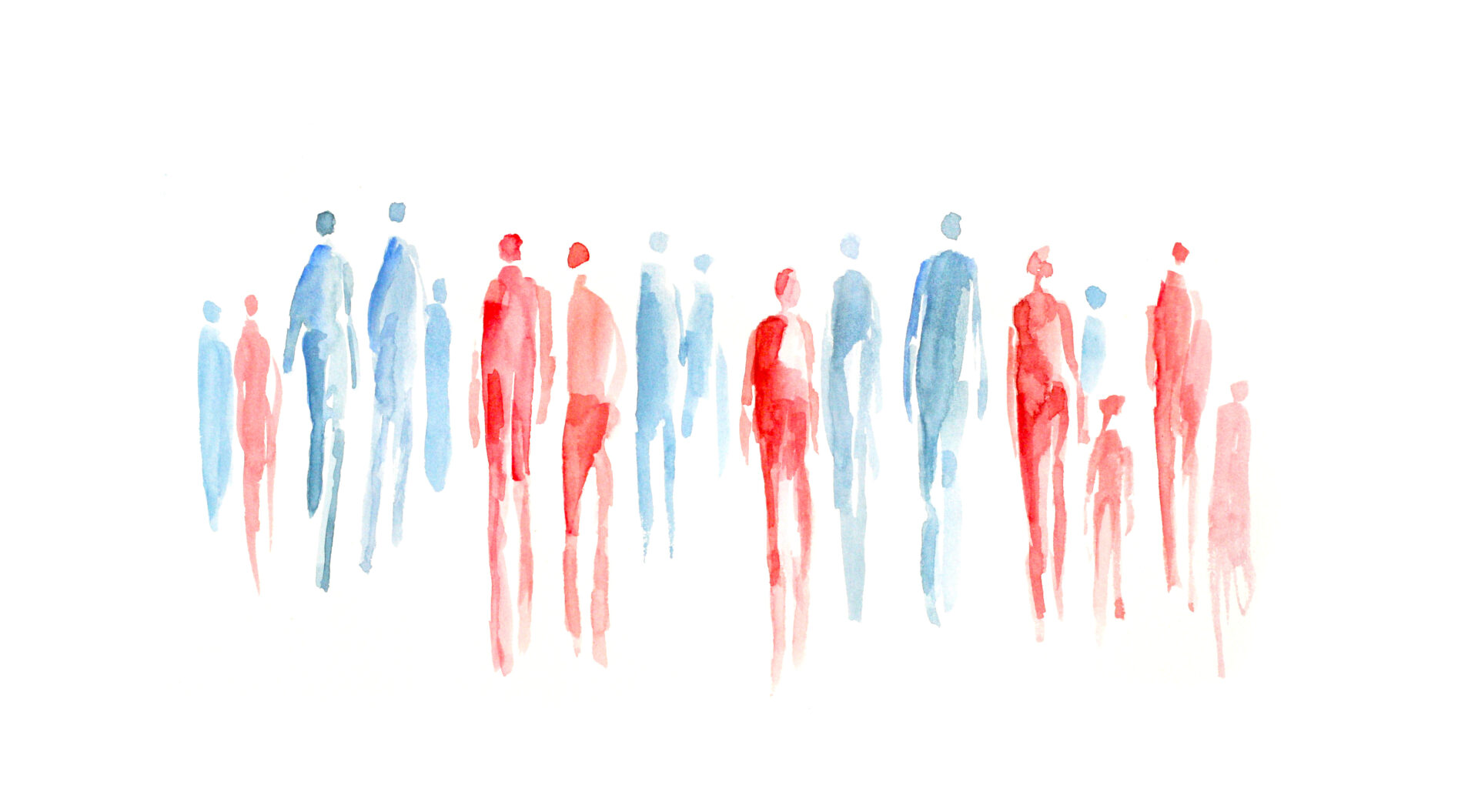Dr Juan Pablo Winter, Policy Fellow Y-PERN – Hull & East Yorkshire
The recently released Community Life Survey 2021/22 (CLS) revealed that civic engagement and participation rates in England were lower than in previous years and present significant differences across participants’ income, age and place of residence. Those living in the least deprived areas (4th and 5th most deprived quintiles) showed higher engagement (37%) in some form of civic participation (such as contacting a local official, signing a petition, or attending a public rally at least once in the last 12 months) than those in the most deprived areas (27%). Similarly, a higher proportion of respondents in the least deprived areas were involved in social action (quintiles 4 and 5, both 14%) than those from the most deprived areas (8%). Moreover, those living in London were more likely to have participated in social action (15%) than those in Yorkshire and The Humber (6%); and felt more able to influence decisions affecting their local area (31%) than those in the East of England (24%). When asked how important it was for them to influence local decisions, respondents from the age groups 35-64 years old were more likely to report that it was important to have the ability to influence decisions in the local area (57%) than those aged 16-24 (40%).
The CLS is a nationally representative annual survey of adults aged 16+ that aims to track the latest trends and developments across areas that are key to encouraging social action and empowering communities. In 2021/22, 27% of respondents reported participating in formal volunteering at least once in the last 12 months. This is significantly lower than rates between 2013/14 and 2019/20 (36% to 45%). Similarly, in 2021/22, 46% of respondents participated in informal volunteering (defined as giving unpaid help to individuals who are not a relative, such as babysitting or helping with household tasks) at least once in the last year, lower than in 2020/21 (54%) and the lowest rate recorded on this measure since data collection started over a decade ago. In 2021/22, only 12% of respondents were involved in social action at least once in the last 12 months, also the lowest level recorded by the CLS. Awareness of other people being involved in social action was reported by 23% of respondents, lower than in 2020/21 (30%) and 2019/20 (32%).
While part of the 2021/22 survey’s fieldwork occurred during the COVID-19 pandemic, it is unclear what effect this may have had on public behaviours and perceptions. Yet the question we researchers need to ask ourselves is our role in connecting, supporting, and engaging communities with policymakers, opening opportunities for broader discussion, and, eventually, improving the results shown in the last CLS. In so doing, we should discuss what we understand by civic engagement and social action and whether we agree with the definitions used in the survey. Some may suggest that the theoretical ideal of participation is not working as the tool for the emancipation and distribution of power that its rhetoric proposes. Reflecting on this (with the community) might help to reshape civic engagement, encouraging an alternative understanding of participation and social change. Consequently, we should understand that the inequalities the CLS results show across regions are partly because each place varies widely in geography, population, the policymaking process, the organisational settings, and the relationships across stakeholders. Ultimately, we must acknowledge the relevance of place-based policies understanding that the context of each local area offers opportunities for a unique way of engaging with the community. A way to be tailored around utilising the assets and capacity of each location as the foundation for supporting more robust levels of participation.













